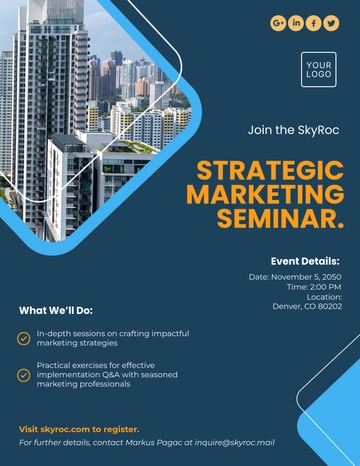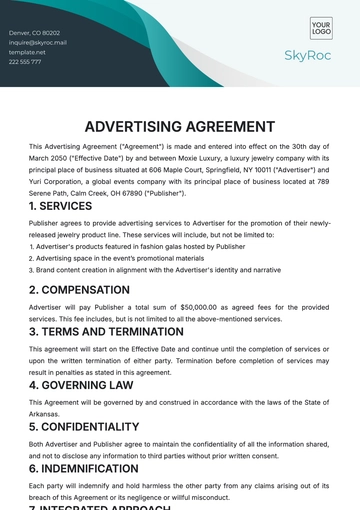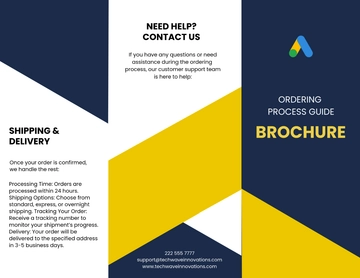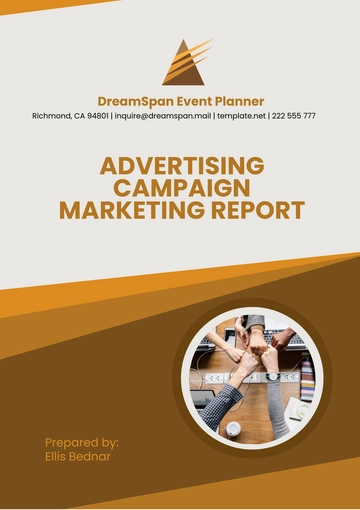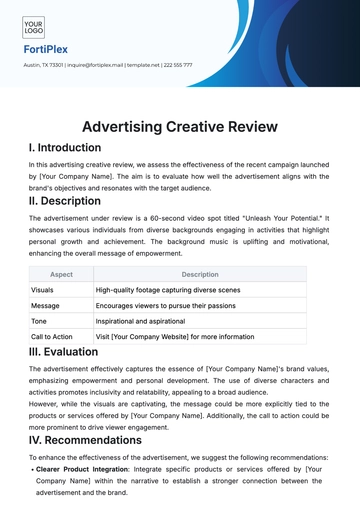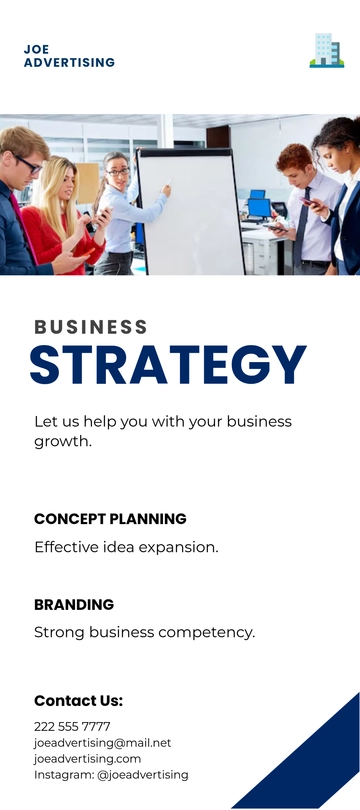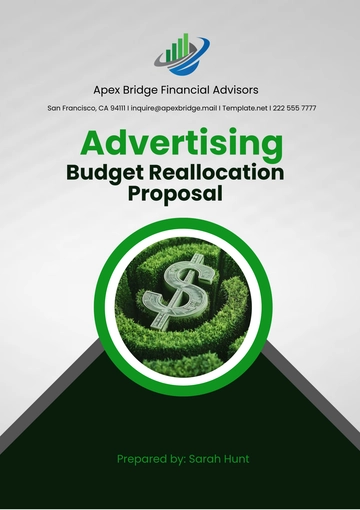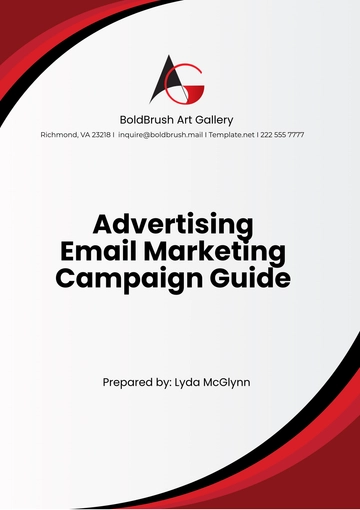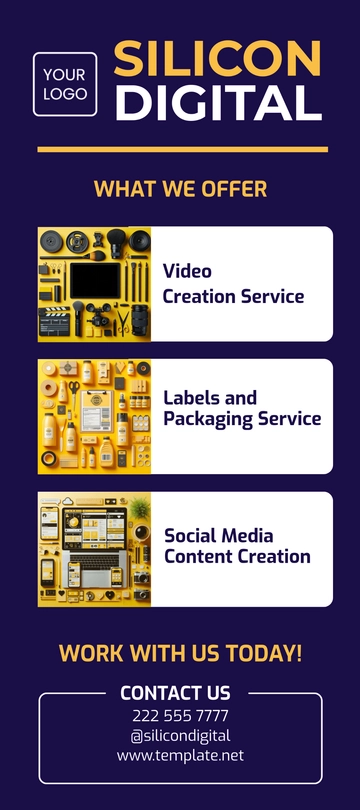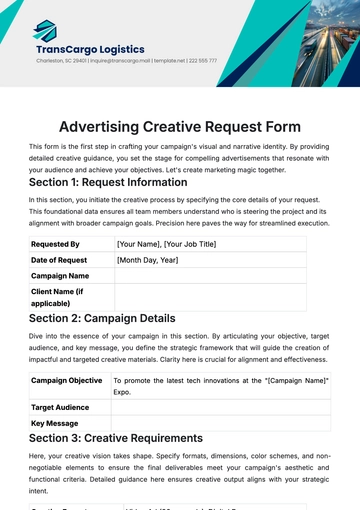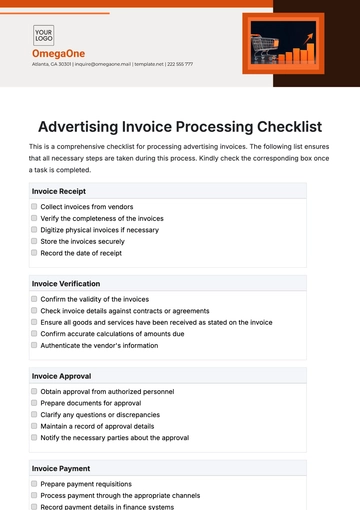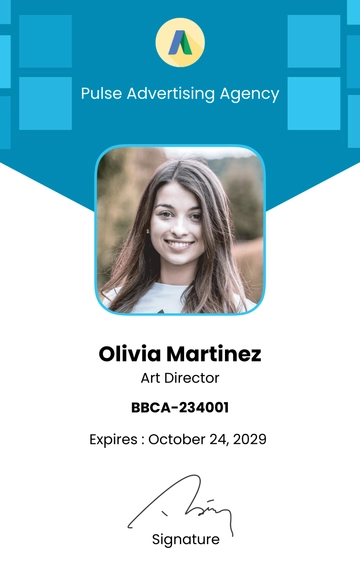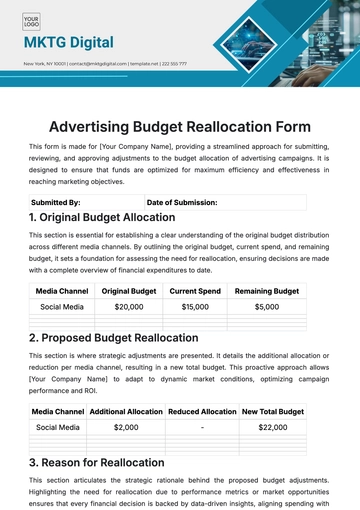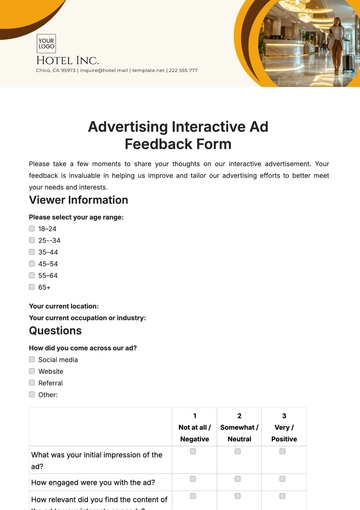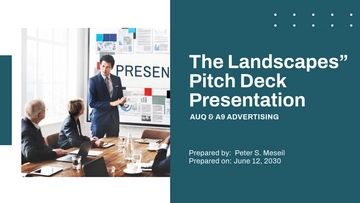Free Advertising Long-Term Digital Media Planning
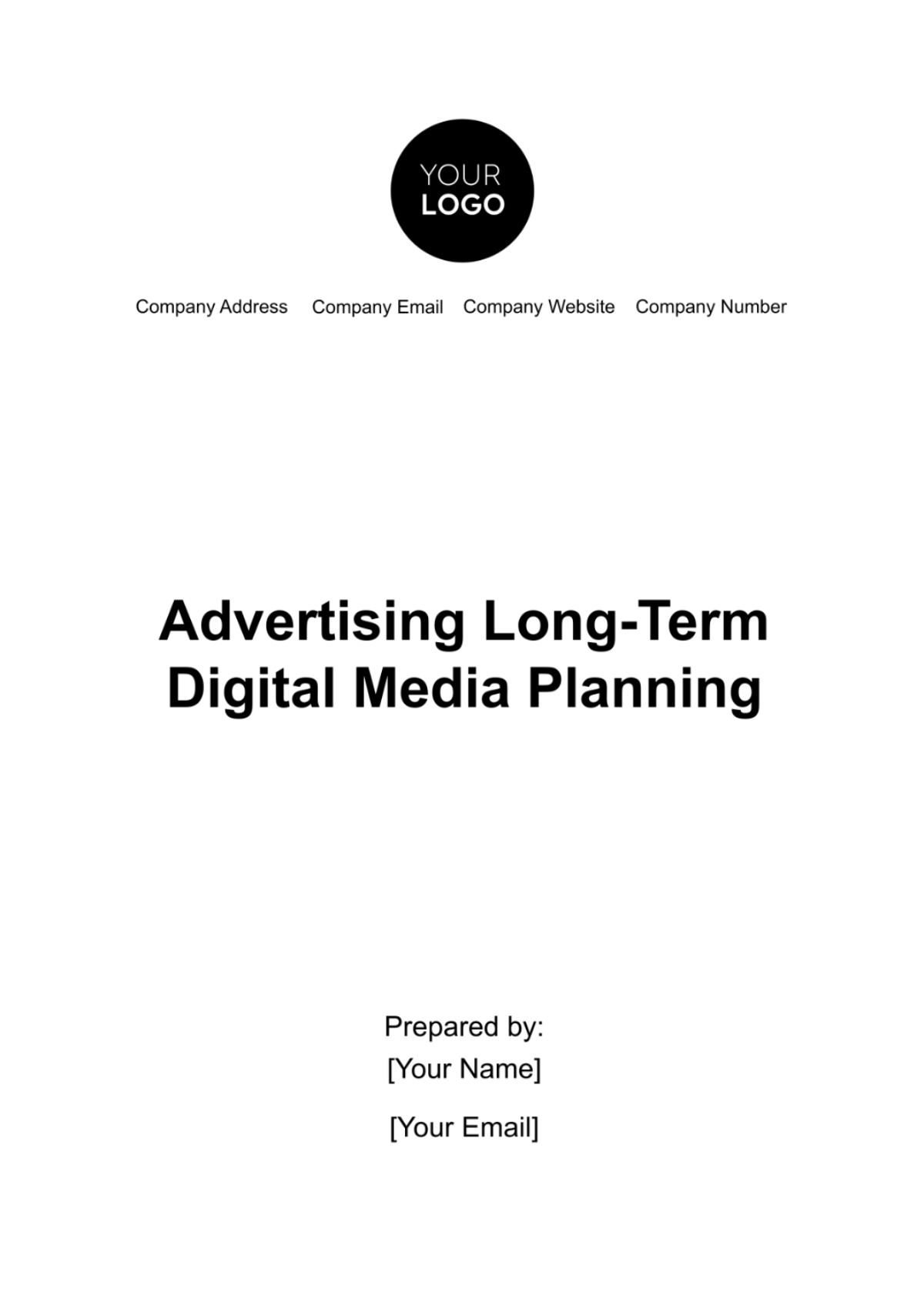
1. Executive Summary
In the fast-paced world of digital marketing, [Your Company Name]’s long-term digital media plan stands as a beacon of strategic innovation. This plan outlines a robust, data-driven approach designed to enhance our online visibility and engage our target audience effectively. By integrating various digital platforms and tailoring content to meet the specific needs of our audience, we aim to drive meaningful results that resonate with our company's overarching business objectives. Our strategy emphasizes the importance of adaptability, allowing us to navigate the ever-evolving digital landscape while maintaining a strong connection with our audience.
Key Highlights:
Utilization of comprehensive data analysis to inform our strategy.
Integration of various digital media platforms to maximize reach.
Alignment of digital media efforts with core business objectives for cohesive brand messaging.
2. Target Audience
Understanding our target audience is the cornerstone upon which our advertising campaigns are built. In order to effectively communicate and engage with our audience, we delve deeply into their demographics, online behaviors, preferences, and overall consumer habits. This comprehensive profiling allows us to create highly targeted and relevant content that resonates with our audience on a personal level.
Audience Insights:
Demographic Information: Age, gender, location, income level, and education.
Online Behavior: Preferred digital platforms, content engagement patterns, and online purchasing habits.
Preferences: Interests, lifestyle choices, and values that influence buying behavior.
Consumer Behavior: Decision-making processes, brand loyalty factors, and feedback channels.
3. Platforms Selection
Selecting the right platforms is crucial for the success of our digital media strategy. [Your Company Name] focuses on platforms that not only have the highest engagement rates among our target demographics but also align with our brand's goals and values. This ensures that our content is placed where it will be most effective, enhancing our visibility and engagement.
Selected Platforms:
Social Media Sites: Facebook, Instagram, LinkedIn, and Twitter, chosen for their vast user bases and targeting capabilities.
Search Engines: Google and Bing, leveraging SEO and SEM strategies to improve visibility during consumer search queries.
Content Platforms: YouTube and popular blogging platforms, utilizing video and written content to engage and inform our audience.
4. Budget Allocation
Our budget allocation strategy is designed to optimize our advertising spend across selected platforms, ensuring that we achieve the best possible ROI. The budget is distributed based on the effectiveness of each platform, the type of ads, audience reach, and the specific results we aim to achieve. This careful planning ensures that our resources are utilized efficiently to meet our advertising goals.
Digital Platform | Percentage of Budget |
|---|---|
40% | |
Search Engine Optimization | |
Email Marketing |
This allocation reflects our current strategy but remains flexible to shift based on performance analytics and emerging opportunities.
5. Ad Content Creation
At [Your Company Name], we recognize the power of ad content to captivate and engage our target audience. Our content creation strategy encompasses a holistic approach, ensuring every piece of content, whether it's copy, visuals, or video, not only embodies our brand image and message but also resonates deeply with our audience.
Content Creation Strategy:
Copywriting: Crafting compelling narratives that speak directly to the needs, desires, and interests of our audience. This includes headlines, product descriptions, and call-to-action (CTA) prompts designed to inspire engagement and action.
Visuals: Utilizing high-quality images, infographics, and graphic designs that reflect our brand's aesthetic and appeal to the visual nature of our audience. Visual content is optimized for each platform to ensure maximum impact.
Video Production: Developing engaging video content that tells a story, demonstrates product benefits, or provides entertainment. Videos range from short-form content for social media to longer, in-depth pieces for platforms like YouTube.
Key Considerations:
Brand Alignment: Ensuring all content is consistent with our brand voice, style, and ethos.
Audience Resonance: Tailoring content to reflect the preferences, behaviors, and values of our target audience.
Platform Specificity: Customizing content to fit the unique format, style, and audience of each chosen digital platform.
6. Ad Scheduling
Effective ad scheduling is critical to maximizing the reach and impact of our advertising efforts. At [Your Company Name], we employ data-driven insights to determine the most opportune times for ad placement. This strategy ensures our ads appear in front of our target audience during their peak activity periods, thereby increasing the likelihood of engagement and conversion.
Scheduling Strategy:
Audience Activity Analysis: Leveraging analytics tools to identify when our target audience is most active on each digital platform.
Peak Time Advertising: Scheduling ads to run during these peak activity windows to ensure maximum visibility.
Time Zone Considerations: Adjusting ad schedules to accommodate the time zones of our target demographic, ensuring global campaigns reach audiences at optimal times.
Adaptability and Responsiveness:
Ongoing Analysis: Continually monitoring audience activity patterns and adjusting schedules as needed.
Event-Driven Scheduling: Taking advantage of specific events, holidays, or trends that may influence the online activity of our audience.
7. Monitoring and Optimization
The dynamic nature of digital advertising demands constant vigilance and the flexibility to adapt strategies in real-time. At [Your Company Name], our monitoring and optimization processes are designed to not only track the performance of our ad campaigns but also to continuously refine and improve them for better results.
Optimization Process:
Performance Monitoring: Utilizing advanced analytics tools to track key performance indicators (KPIs) such as click-through rates (CTRs), conversion rates, and engagement levels.
Bid Adjustments: Dynamically adjusting bids for ads based on performance data to ensure optimal use of our budget.
A/B Testing: Regularly testing different ad copies, visuals, and CTAs to identify the most effective elements.
Platform Focus: Allocating more resources to platforms that are yielding the best results and considering reallocation from underperforming channels.
Continuous Improvement:
Feedback Loop: Implementing a feedback loop that integrates learnings from current campaigns into the planning and execution of future campaigns.
Market Trends: Staying abreast of emerging trends and platform updates to continuously refine our advertising approach.
8. Performance Analysis
In the aftermath of any digital advertising campaign, [Your Company Name] dedicates significant effort to a comprehensive performance analysis. This stage is crucial for understanding the efficacy of our strategies and for identifying areas for refinement. By comparing the actual outcomes against the initially set objectives, we gain valuable insights into the strengths and weaknesses of our campaigns.
Components of Performance Analysis:
Data Collection: Gathering comprehensive data from all platforms used during the campaign, focusing on key performance indicators such as engagement rates, conversion rates, and overall reach.
Objective Comparison: Assessing campaign results against the predefined objectives to determine the degree of success or shortfall.
Qualitative Feedback: Analyzing customer feedback, comments, and social media engagement to gauge the audience's perception and response to the campaign.
ROI Analysis: Calculating the return on investment to understand the financial efficiency of the campaign.
Insights and Learnings:
Success Factors: Identifying which elements of the campaign were most successful and why, including particular platforms, content types, or messaging.
Challenges: Recognizing areas that did not perform as expected, understanding the underlying reasons, and considering external factors that may have influenced the outcomes.
Audience Insights: Deepening our understanding of the target audience through their interaction with our campaign, refining our audience profiles for future initiatives.
9. Future Adjustments
The insights gained from the performance analysis are not merely academic; they are instrumental in shaping the future of [Your Company Name]'s digital media planning. This phase is about translating data and feedback into actionable strategies that refine our approach, ensuring continuous improvement and adaptation in our digital advertising efforts.
Strategies for Future Adjustments:
Optimization of Content: Refining ad content based on what has proven to resonate best with the audience, including adjustments in tone, messaging, and visual elements.
Platform Reevaluation: Reassessing the chosen platforms and their effectiveness in reaching and engaging our target audience, potentially shifting focus or exploring new platforms.
Budget Reallocation: Adjusting budget distribution to favor platforms and ad types that offer the best return on investment, based on the data collected.
Tactical Shifts: Implementing strategic changes in targeting, scheduling, and campaign structure to better align with audience behavior and preferences.
Commitment to Innovation:
Testing New Approaches: Embracing innovation by testing emerging platforms, technologies, and advertising methodologies to stay ahead in the digital landscape.
Audience Engagement: Continuing to prioritize direct engagement with our audience, fostering a deeper connection and understanding of their evolving needs and preferences.
10. Conclusion
The digital media planning document for [Your Company Name] encapsulates a strategic and comprehensive approach to digital advertising, emphasizing the importance of understanding our audience, selecting appropriate platforms, creating resonant content, and optimizing campaign delivery. Through meticulous performance analysis and the willingness to adapt based on insights gained, we ensure that our digital media efforts are not static but evolve in response to the dynamic digital marketing environment.
This living document reflects our commitment to excellence and continuous improvement in all facets of digital advertising. It serves as a blueprint for not just achieving immediate marketing objectives but also for fostering long-term engagement and growth in the digital domain. By adhering to this plan, [Your Company Name] is poised to not only meet but exceed the expectations of our audience and stakeholders, ensuring sustained success in our digital marketing endeavors.
- 100% Customizable, free editor
- Access 1 Million+ Templates, photo’s & graphics
- Download or share as a template
- Click and replace photos, graphics, text, backgrounds
- Resize, crop, AI write & more
- Access advanced editor
Plan all of your digital media strategy with a long-term perspective in mind by using our very own Advertising Long-Term Digital Media Planning Template! This template helps in developing a sustained and evolving digital media strategy, aligning with your business goals and market trends. For user convenience, it's editable and customizable with our AI editor tool Get it now at Template.net!
